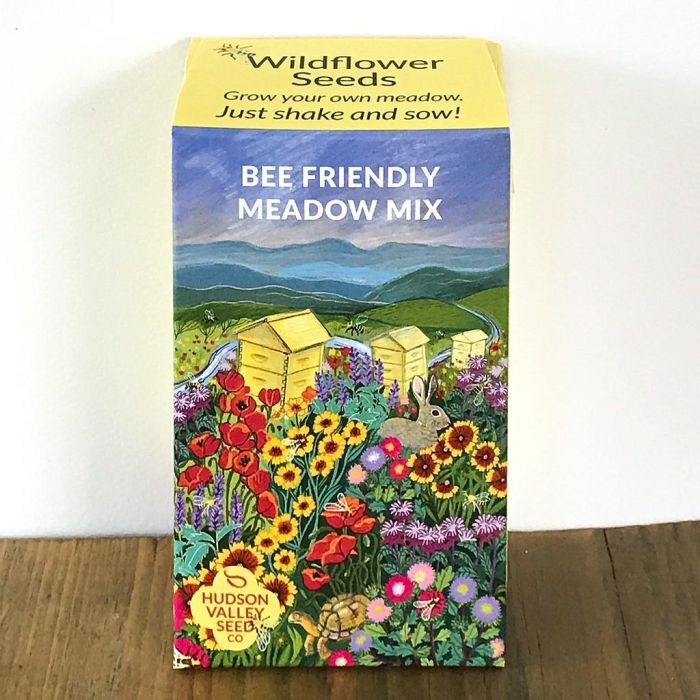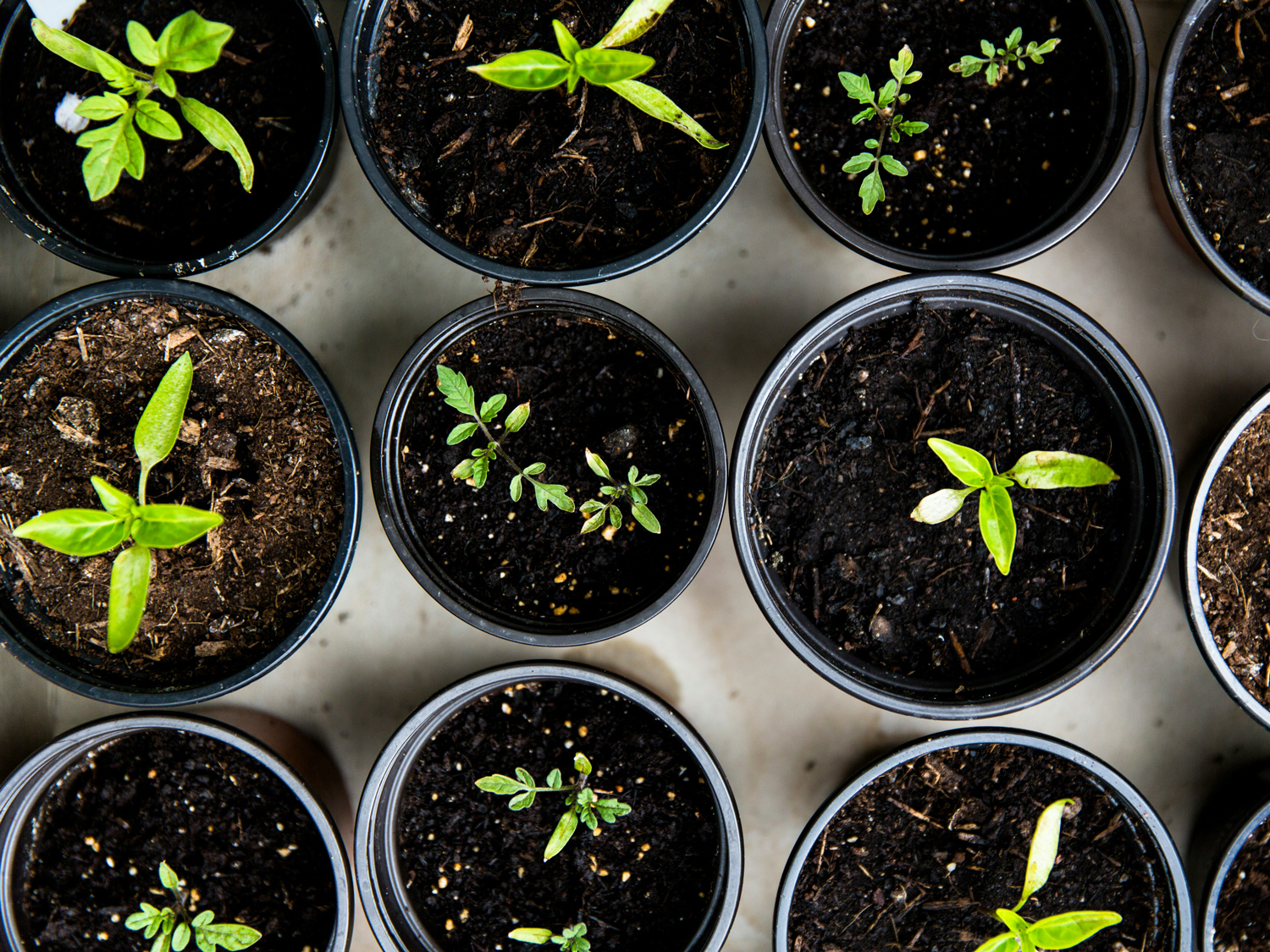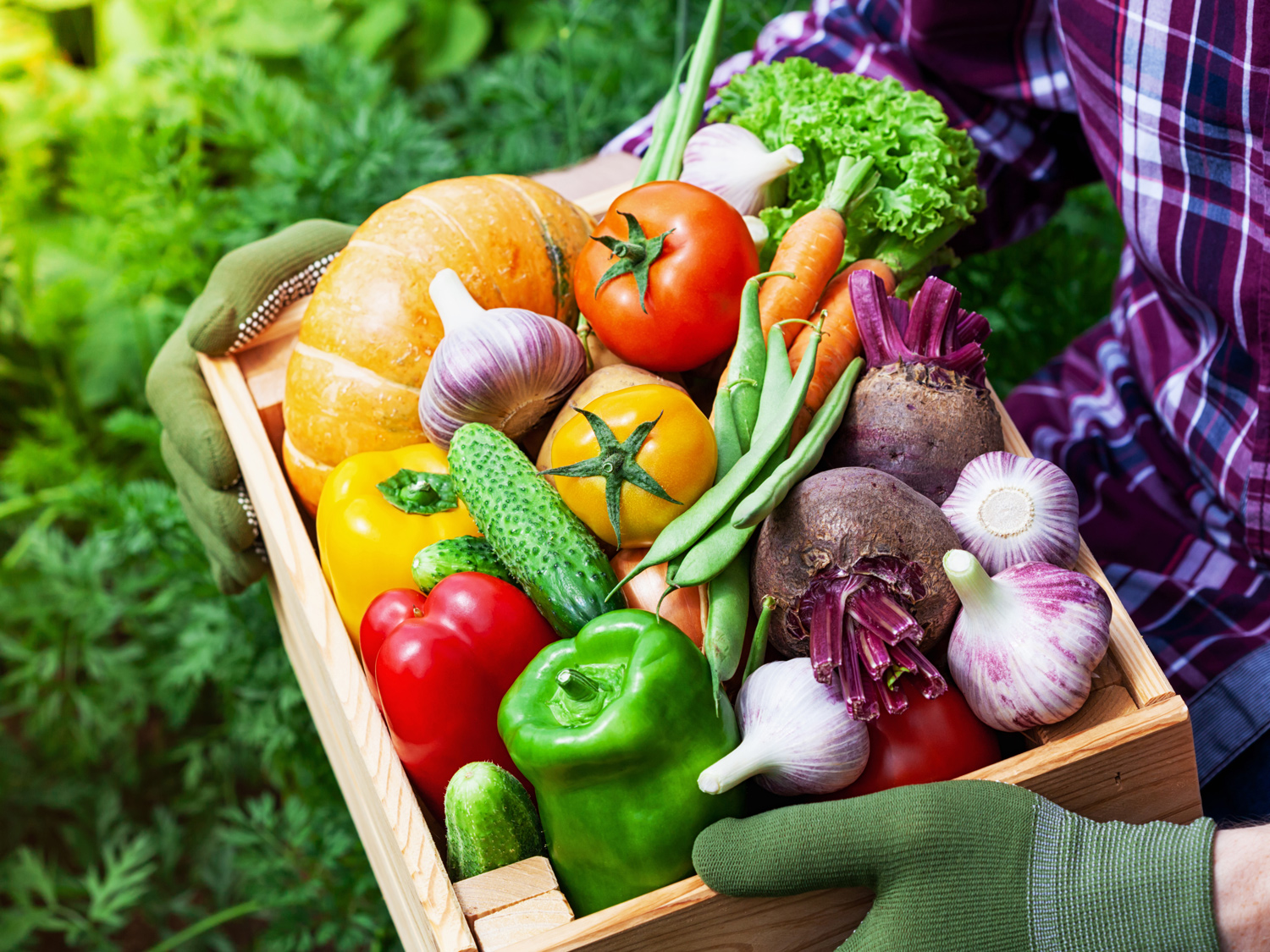Wildflowers, Bee Friendly Meadow Mix, 100 sqft


- Sun Preference
- Full-Sun, Part-Sun
- Bloom Time
- Spring, Summer, Fall
Description
The mantra "Save the Bees" may not be new, but this Seed Shaker provides a fresh opportunity to grow your own pollinator meadow. Just shake and sow!
Each seed box plants 100 square feet.
Seed Starting Successfully
Start your garden from scratch with Gertens' wide variety of seed packets! Whether you're a seasoned gardener or just starting out, we have seeds for every skill level and garden size. From colorful flowers to delicious vegetables, our seeds are carefully selected for their quality and performance.
Details
Growing Instructions
Sow your wildflower patch in early to mid-spring. Alternatively, sow in late fall, and the perennial seeds will establish enough to overwinter and come up the following spring.
Prepare the soil as you would for any bed. Clean out the weeds. Aerate with a garden fork if compact, then rake flat. Lift open the spout of your Seed Shaker and spread the seeds out evenly over an area no bigger than 100 square feet. Then press seeds into the soil by walking over the planted area (with flat-soled shoes!) or using a board to pat them down. If the soil is dry, water the seeds in. In fall, soils are usually moist enough without.
Continue watering in spring for a few weeks; again, fall sowings usually don't need it. Weed fastidiously until plants reach 12-18" in height. Be patient; the perennial blooms will get better every year!
Can include the following 18 varieties of annual and perennial flowers:
"Baby Blue Eyes" ~Nemophila menziesii~
"Bergamot" ~Monarda fistulosa~
"Blue Flax" ~Linum perenne~
"California Poppy" ~Eschscholzia californica~
"China Aster" ~Callistephus chinensis~
"Chinese Forget-Me-Not" ~Cynoglossum amabile~
"Corn Poppy" ~Papaver rhoeas~
"Fleabane Daisy" ~Erigeron speciosus~
"Globe Gilia" ~Gilia capitata~
"Indian Blanket" ~Gaillardia pulchella~
"Lance-Leaved Coreopsis" ~Coreopsis lanceolata~
"New England Aster" ~Symphyotrichum novae-angliae~
"Plains Coreopsis" ~Coreopsis tinctoria~
"Purple Coneflower" ~Echinacea purpurea~
"Purple Giant Hyssop" ~Agastache rugosa~
"Siberian Wallflower" ~Cheiranthus allionii~
"Sweet Alyssum" ~Lobularia maritima~
"Tidy Tips" ~Layia platyglossa~
Artwork by Cynthia Cliff.
More Information
| Brand | Hudson Valley Seed Co |
|---|---|
| Seed Packet Type | Flowers |
| Common Family Name | Assortment/Mix |
| Sun Preference | Full-Sun, Part-Sun |
| Deer Resistant | No |
| Bloom Time | Spring, Summer, Fall |


